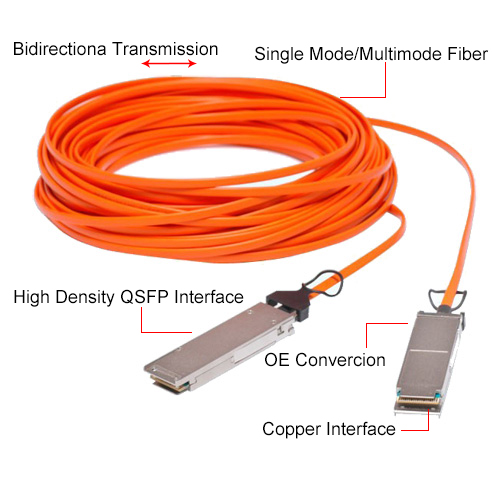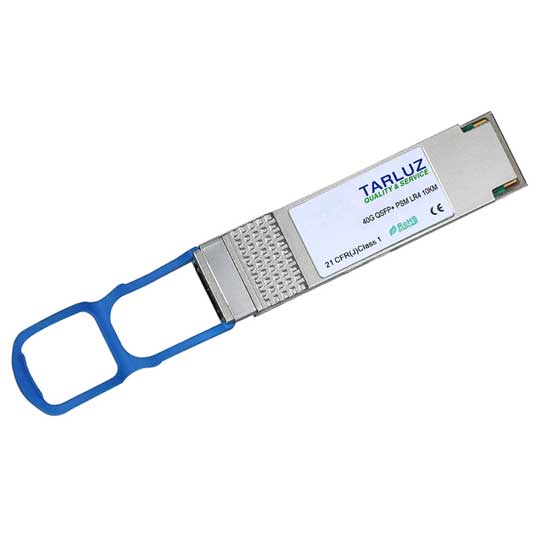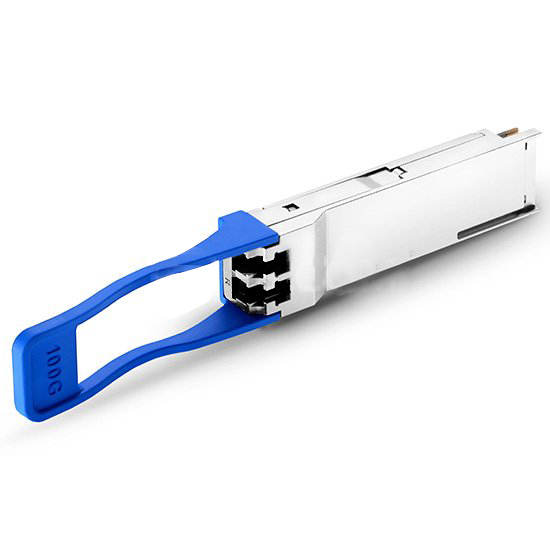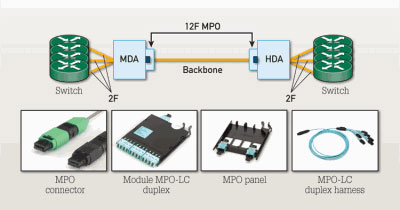The C form-factor pluggable (CFP) is a multi-source agreement to produce a common form-factor for the transmission of high-speed digital signals. The c stands for the Latin letter C used to express the number 100 (centum), since the standard was primarily developed for 100 Gigabit Ethernet systems.
CFP8 use of a 16x25G electrical interface provides first-to-market advantage for the CFP8. If 50-Gbps electrical signaling or optical assemblies are not available from the industry in a timely fashion, a 400GbE CFP8 can be achieved using available 25-Gbps components. But this comes at the price of a larger m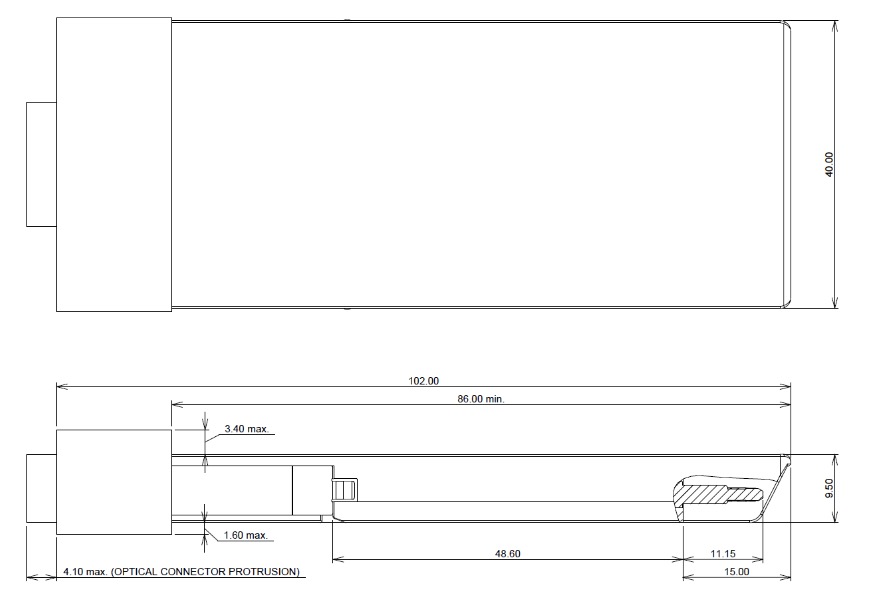 odule to house the 16 lanes of electrical and optical elements.
odule to house the 16 lanes of electrical and optical elements.
CFP is about 102 x 40 x9.5mm, larger compared with SFP transceivers, because of it, the thermal management of CFP8 transceivers is good, in that more space means more surface area for heat to spread and air to flow so that thermal loads can be spread around. The tradeoff is that CFP8 — the biggest 400GbE interconnect form factor of them all — offers the lowest port density. The electrical connector used for CFP8 has a single row of contacts on top and bottom in the conventional style.
IEEE specifications supported by CFP8:
- 400GBASE-SR16 parallel MMF (16x25G NRZ)
- 400GBASE-FR8/LR8 duplex SMF (8x50G PAM4 WDM)
- 400GBASE-DR4 parallel SMF (4x100G PAM4)
- CDAUI-16, CDAUI-8
